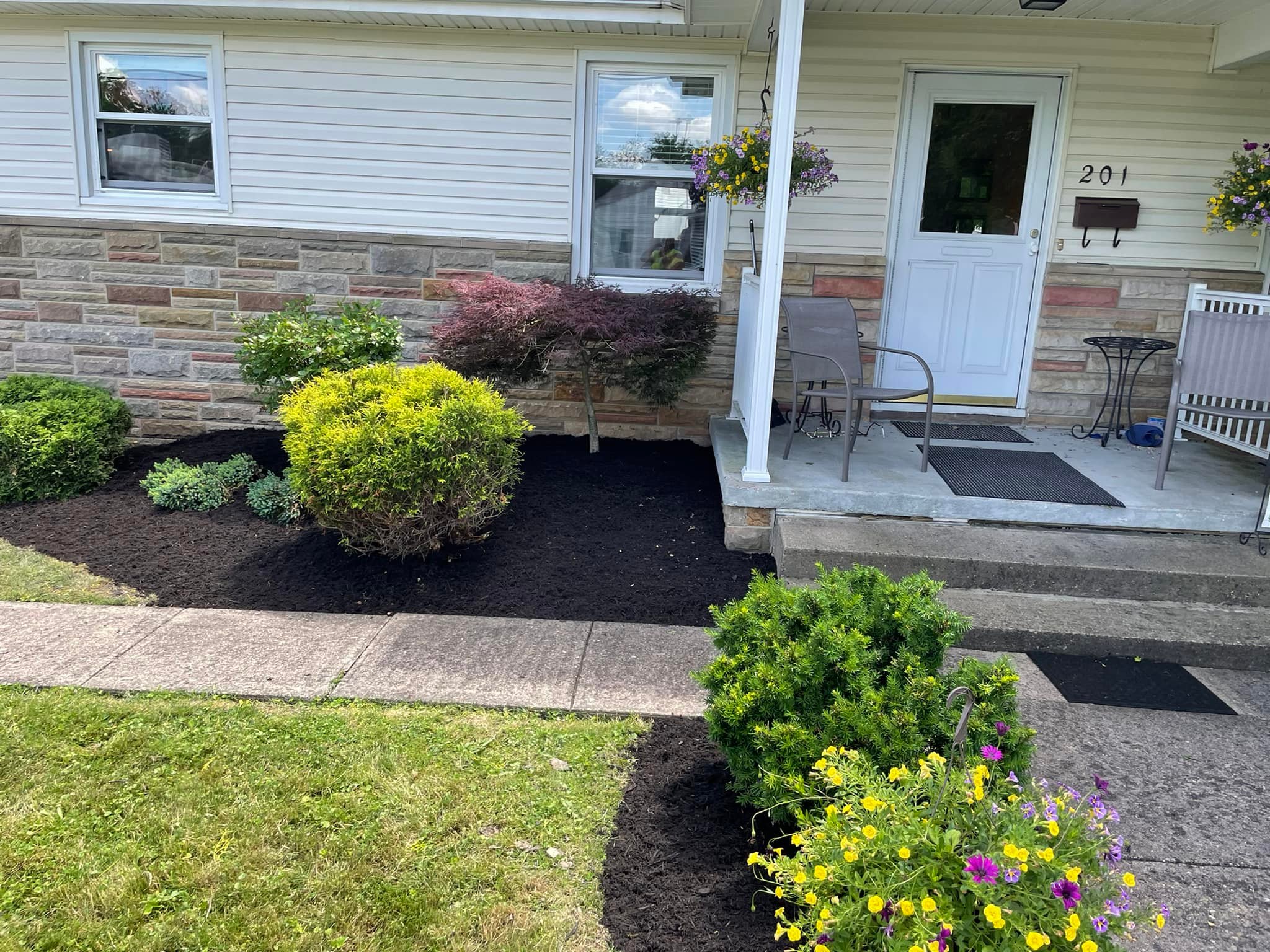
How to Choose the Right Plants for Your Yard: Advice from Kehl Lawn and Landscape Nov 15, 2025
First and foremost, assess the environmental conditions of your yard to determine the best plants for your landscape. Begin by observing the sunlight patterns throughout the day. Note areas that bask in full sun and those that remain shaded. Understanding the light conditions is crucial, as some plants thrive under direct sunlight while others require the refuge of the shade. Soil type is another critical factor. Conduct a simple soil test to determine the pH and composition. Most plants prefer well-draining soils, but some, like certain species of ferns, do better in heavier, moist soils.
Next, consider the climate zone you are in. Each plant species has a hardiness zone it grows best in. By choosing plants that match your climate zone, as indicated by the USDA Plant Hardiness Zone Map, you ensure that your selections are suited for the temperature ranges they will encounter. At Kehl Lawn and Landscape, we recommend focusing on native plants, which are naturally adapted to your local climate and soil conditions. Native plants often require less water, fertilizers, and pesticides, making them easier to maintain in the long term. They also play a crucial role in supporting local wildlife such as bees, birds, and butterflies.
Designing your yard with diversity in mind is another important principle. Incorporate a variety of plant types, including perennials, annuals, shrubs, and trees, to create a vibrant and resilient landscape. Mixing different textures, heights, and colors adds visual interest and ecological benefit. For instance, pairing tall grasses with ground covers can create a dynamic and layered look that also minimizes soil erosion.
Before finalizing your plant choices, think about the maintenance requirements of your landscape. Some plants require regular pruning, watering, and fertilizing, while others are more conservative with resources. Decide how much time you are willing to dedicate to landscaping upkeep and choose plants accordingly. Low-maintenance plants such as succulents, ornamental grasses, and drought-tolerant perennials can significantly reduce the amount of time spent on yard work.
Finally, work with the natural contours of your landscape as opposed to against them. Instead of leveling slopes, consider plants that can help you stabilize soil on hillsides, like creeping phlox or juniper. Plants that naturally belong in wetter areas, like irises, can thrive around water features or in low-lying spots that collect water.
Choosing the right plants for your yard requires careful consideration of various environmental factors and personal preferences. At Kehl Lawn and Landscape, we are committed to helping you make informed decisions that lead to a sustainable, visually appealing, and easy-to-maintain outdoor space. Whether you're seeking to create a backyard haven or an eco-friendly garden, our expertise ensures your landscape supports both aesthetics and the ecosystem in your area. By focusing on the right plants, you set the foundation for a flourishing, harmonious yard that enhances your home and your lifestyle.
/filters:no_upscale()/filters:format(webp)/media/c6050b3f-a3af-418a-bde0-133a3a6a7323.jpeg)